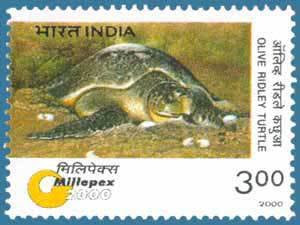Ganga Dussehra, also known as Gangavataran, is a significant Hindu festival dedicated to the worship of the River Ganges, one of the most sacred rivers in India. The festival celebrates the descent of the Ganges from heaven to earth.
Here are the key aspects of Ganga Dussehra:
Date and Duration
- Timing: Ganga Dussehra is observed during the Hindu month of Jyeshtha (May-June). It begins on the Dashami (tenth day) of the waxing moon in this month.
- Duration: The festival typically spans ten days, with the tenth day being the most significant.
Mythological Significance
- Descent of Ganga: According to Hindu mythology, the sage Bhagiratha performed intense penance to bring the celestial river Ganga down to earth to purify the ashes of his ancestors and liberate their souls. Pleased with his devotion, Lord Shiva agreed to catch Ganga in his matted locks to soften her descent, thus allowing her to flow gently on the earth.
- Purification and Liberation: The Ganges is believed to have the power to purify sins and liberate souls, making the festival a time of spiritual cleansing and devotion.
Rituals and Celebrations
- Holy Bathing: Devotees take ritual baths in the Ganges and other holy rivers, believing that bathing in the Ganges during this time will cleanse them of sins and bring salvation.
- Aarti and Offerings: Special Ganga Aarti (ceremonial worship with lamps) is performed at various ghats (riverbanks) along the Ganges, especially in cities like Haridwar, Varanasi, and Rishikesh. Devotees offer flowers, lamps, and other offerings to the river.
- Reciting Scriptures: Devotional hymns and verses from the scriptures praising the Ganges are recited. People also chant mantras and sing bhajans (devotional songs).
- Charity and Pilgrimage: Many devotees engage in charitable activities, distributing food and clothes to the needy. Pilgrimages to the banks of the Ganges and other sacred rivers are also common.
Cultural Impact
- Festive Atmosphere: The ghats along the Ganges are adorned with lights and decorations, creating a festive and spiritual atmosphere.
- Local Traditions: Different regions have unique customs and traditions associated with Ganga Dussehra. In some places, fairs and cultural programs are organized, adding to the celebratory spirit.
Ganga Dussehra is a time of deep reverence and devotion for the Ganges, reflecting the river's profound spiritual significance in Hinduism. It is a period for purification, worship, and connecting with the sacredness of nature and the divine.




.jpg)
.jpg)
